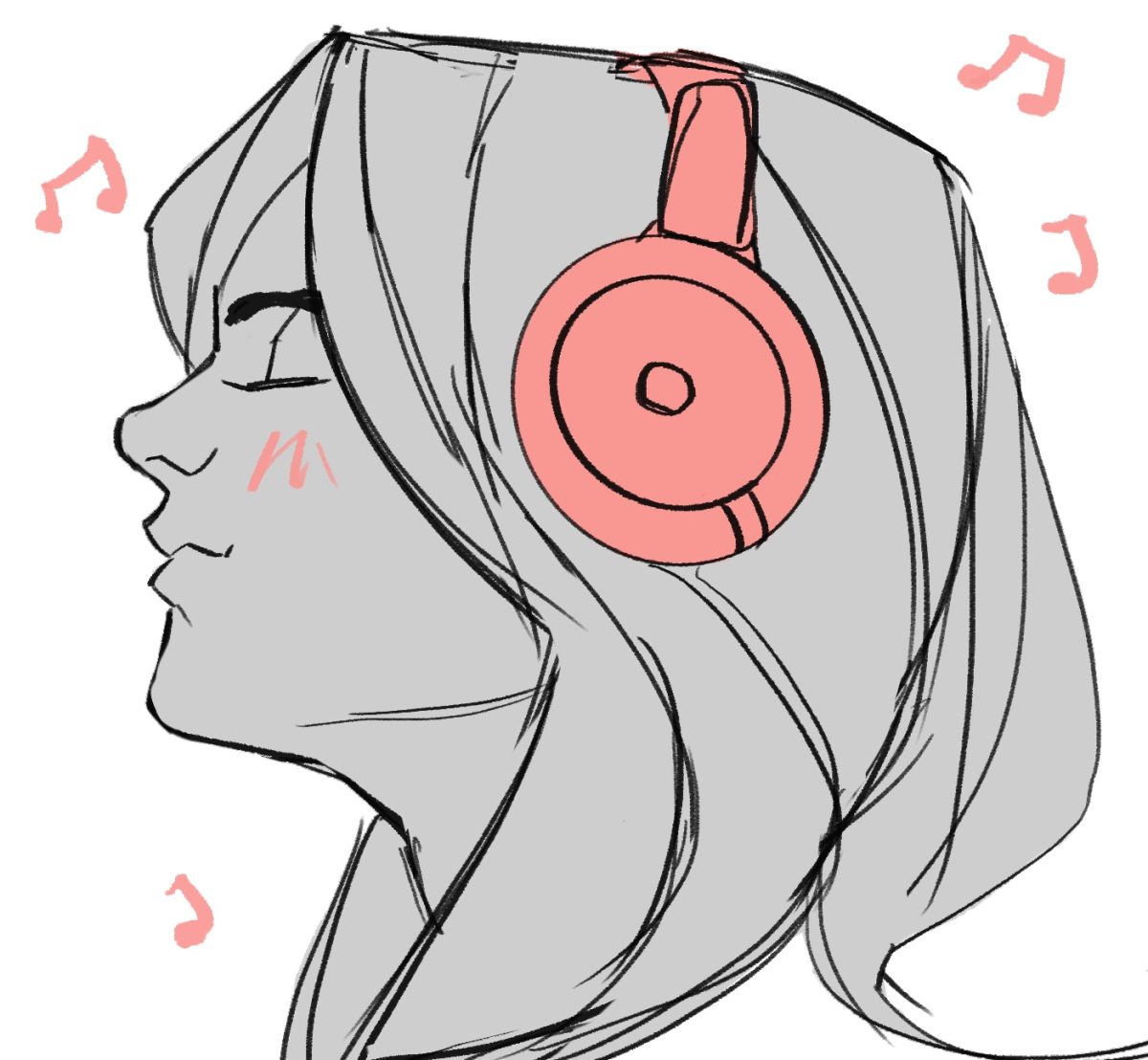Capoeira is an Afro-Brazilian martial art. It is a mix of fighting and dancing, but to understand how it came to be, we’ll have to look back in time.
For over 300 years, Portuguese colonists had brought slaves to Brazil from Africa. When they came to Brazil, these slaves shared a variety of traditions, dances, and fighting styles that would later become Capoeira. Capoeira was used to help the slaves fight against their capturers, using music and dance to confuse and distract them.
After slavery was outlawed in 1888, Capoeira was outlawed. This made Capoeira illegal and caused the social rejection of anyone who practiced it for almost forty years. This was until the legendary master, Mestre Bimba, saved the art and opened up the first official Capoeira school in 1932. To this day, Capoeiristas all over the world pay respect to him and all he did for the Capoeira community.
Capoeira was born from a mix of cultures brought by African slaves, Indigenous Brazilians, and Portuguese immigrants. What began as an expression of resistance has transformed into an internationally respected and celebrated art form.
If you haven’t guessed it already, capoeira is basically a martial art disguised as a dance. Its movements are similar to the offensive and defensive styles found in other martial arts, but it has many other unique components.
The basic movement in which the participant is constantly in is called the ginga. It is a simple rocking side-to-side motion that keeps the capoeirista in a state of constant motion. Although it derived from the purpose of fighting when outnumbered, modern-day capoeira focuses on a one-on-one approach.
When going against an opponent, Capoeira includes many ground positions, acrobatics, kicks, and sweeps that are meant to trick an opponent into leaving themselves open to an attack. Most of the attacks are made with the legs, and defenses focus on avoiding an attack instead of blocking it. Some defenses are called esquivas, which can be done standing or leaning towards the ground. These allow for a quick counterattack.
There are acrobatic movements, such as an aú or negativa, that help Capoeiristas avoid takedowns and get into a position to counterattack. The combination of these attacks and defenses that require mobility gives a fluidity to the Capoeira art.
A key element of Capoeira is something called the roda (ho-da). This is a circle that Capoeira players form, allowing two people to play in the middle. The players forming the circle clap and sing songs, while others play instruments. These elements add to the energy and rhythm of the game.
The instruments are played by the bateria, the orchestra. The instruments that are used include a berimbau, pandeiro, atabaque, and agogô. The berimbau, or the Gunga Bermibau, is seen as the leader of the roda. It is typically played by the mestre, or whoever organized the roda. Mestre is a title given to a Capoeirista who receives the last cord. They represent the art of Capoeira and are the ones people look to for guidance.
A batizado is an annual roda event that acts as a graduation for a Capoeirista. Students either receive their first cord or go up in rank. They enter the roda with a higher-ranked Capoeirista or a Mestre, and the game normally ends with the student being taken down. During a batizado, a capoeirista can be expected to receive a cord and their official apelido. An apelido is a nickname a Capoeirista is given that normally depicts the type of person they are.
All of these elements add up to the vibrant art that is Capoeira. Capoeira is not only a martial art disguised as a dance, but it is also a representation of spirituality and culture.














